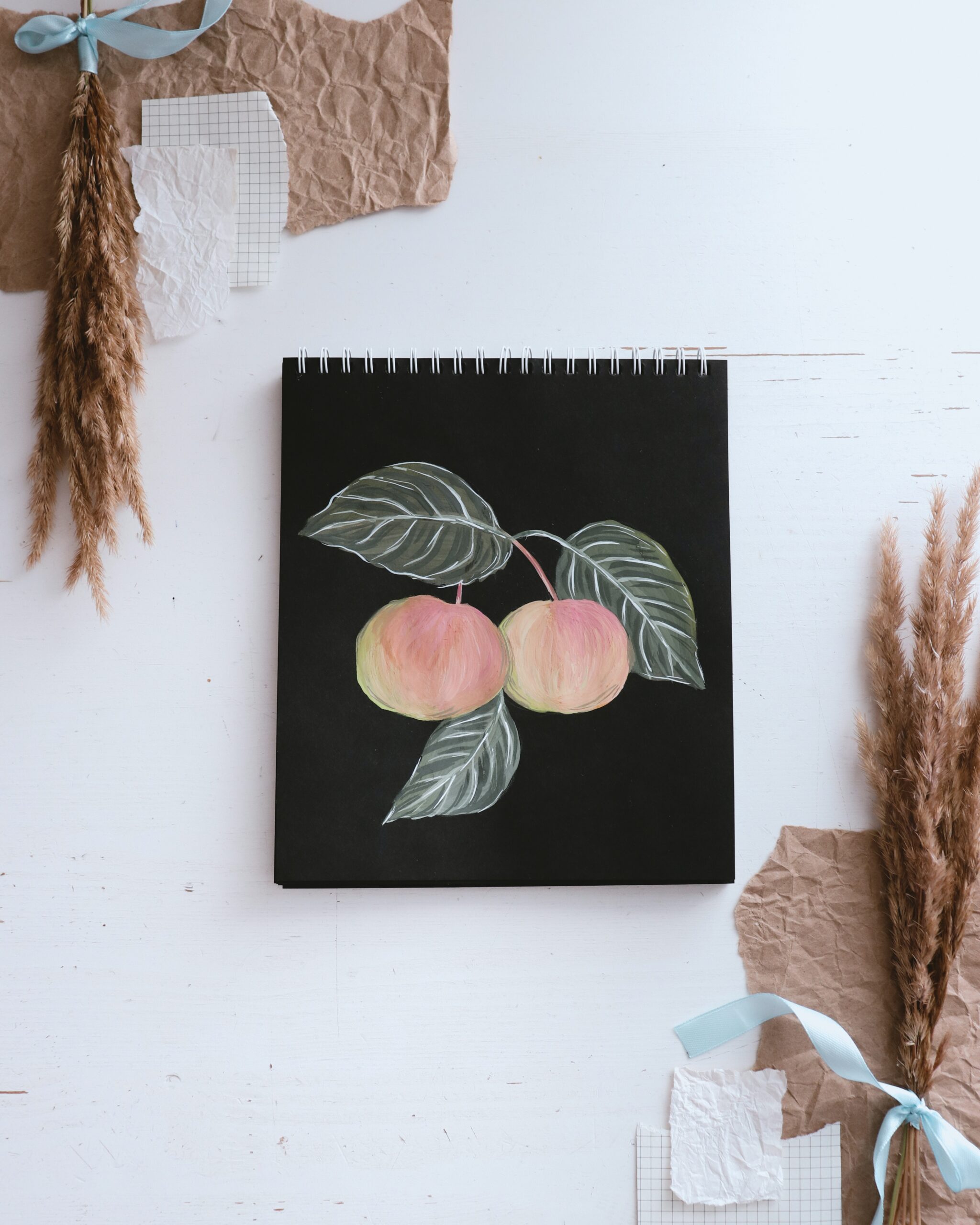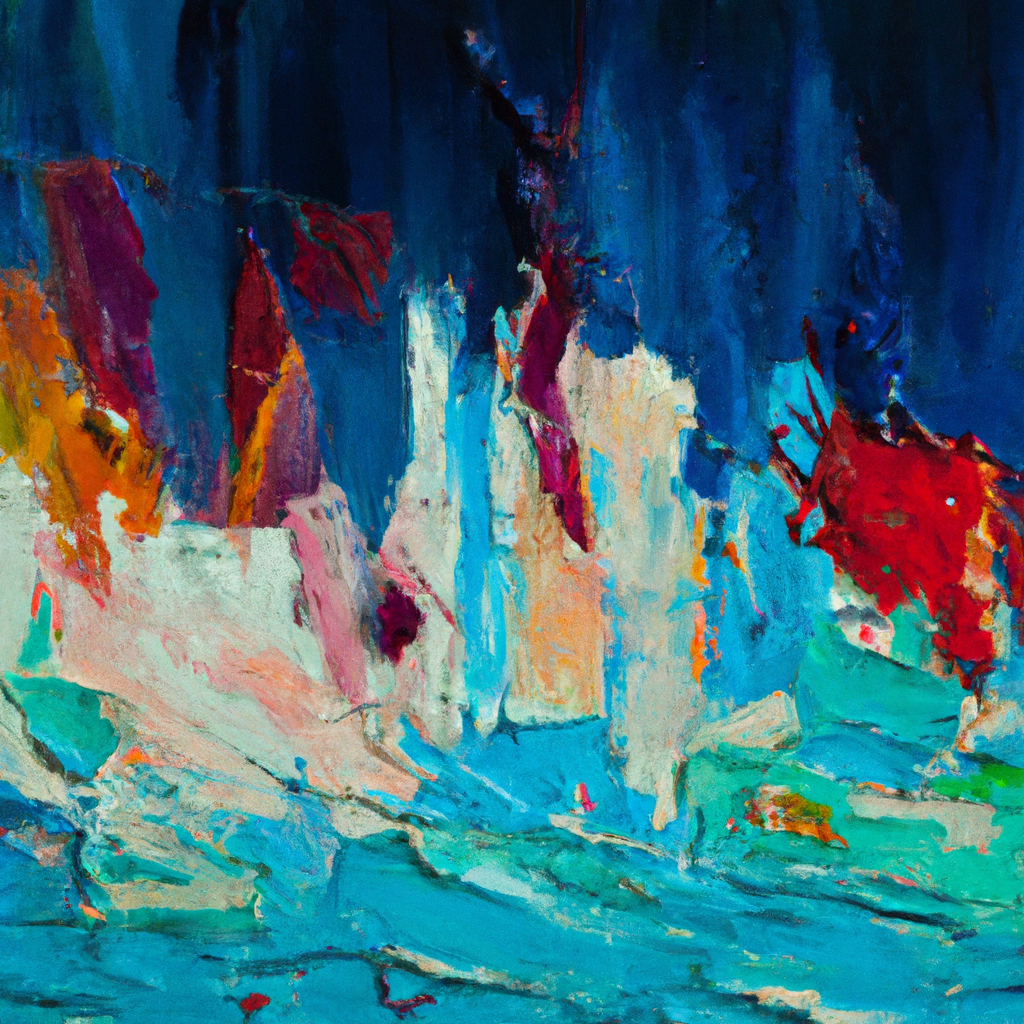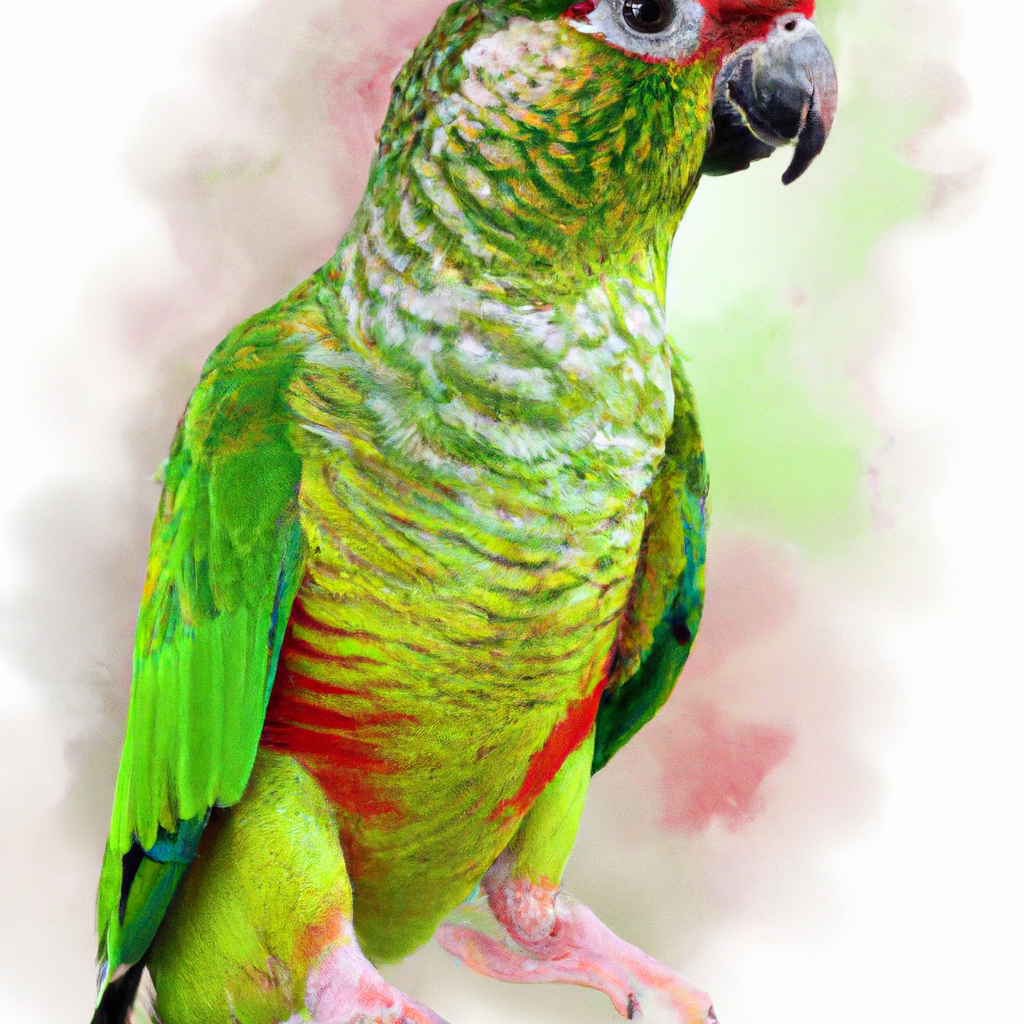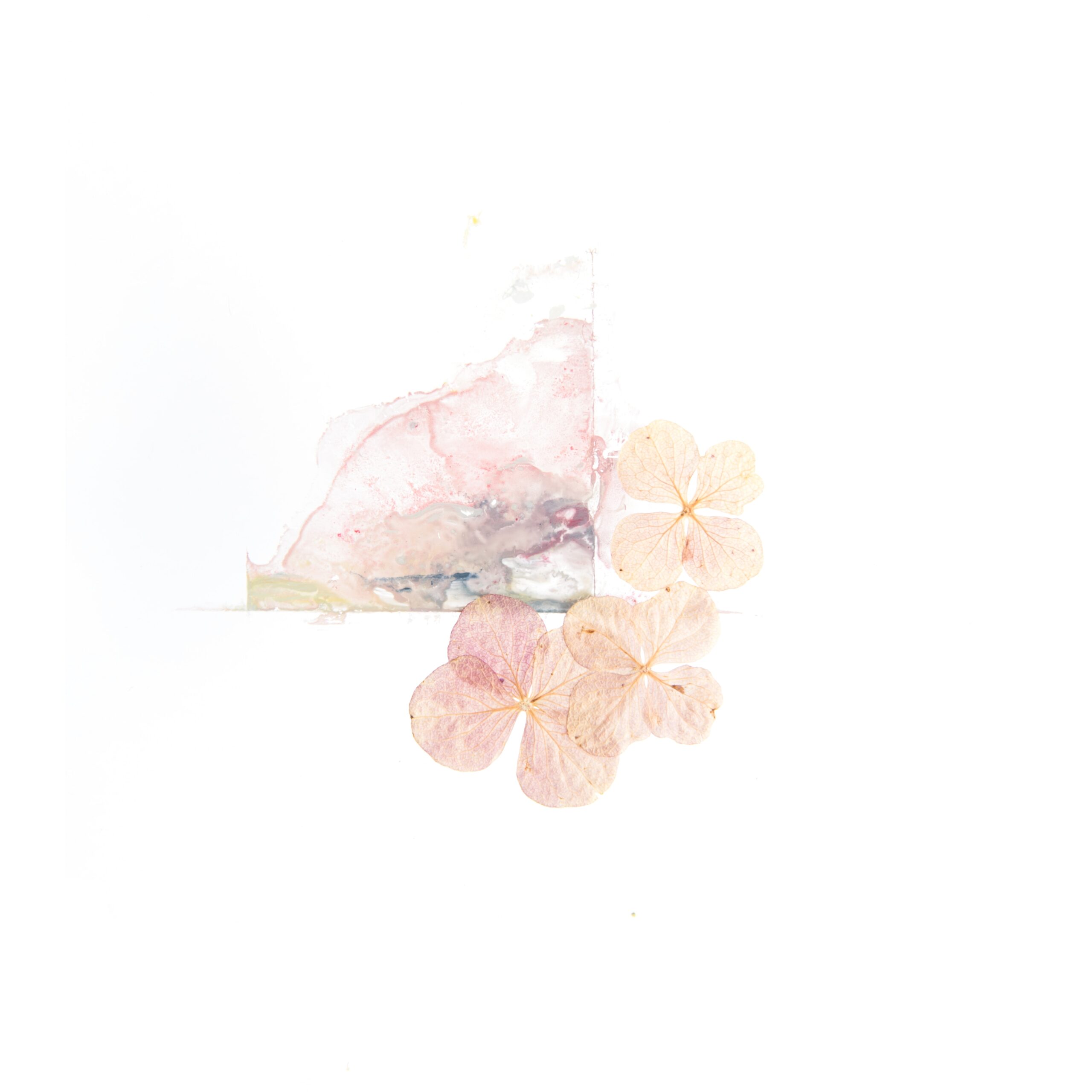Gouache is a popular medium among artists for its vibrant colors and versatile application. However, when it comes to painting clay, many wonder if gouache is a viable option. In this article, we will explore the question of whether or not you can effectively use gouache to paint clay. By examining the properties of both materials and discussing possible techniques, we aim to provide a comprehensive answer to this artistic inquiry.
Materials Needed
Before we dive into the process of painting clay with gouache, it’s important to gather the necessary materials. Here are the materials that you will need for this project:
- Clay: Any type of clay can be used for this project, but it’s important to choose a clay that has a smooth surface and is suitable for painting.
- Gouache paints: Gouache is a type of water-based paint that is opaque and dries to a matte finish. It is perfect for painting on clay due to its vibrant colors and smooth application.
- Paintbrushes: Different sizes of paintbrushes will be needed for various painting techniques and details.
- Palette: A palette will be needed to mix and blend the gouache colors.
- Water container: A container with water will be needed to clean the brushes and dilute the gouache paint if needed.
- Varnish: To protect the painted surface of the clay, a varnish can be applied after the painting is complete.
- Sandpaper: If the clay surface is rough, sandpaper can be used to smooth it out before painting.
- Sealer: A sealer can be used to prepare the clay surface before painting, ensuring that the paint adheres properly to the clay.
Understanding Clay
Before we begin the process of painting clay with gouache, it’s important to have a basic understanding of clay itself. Clay is a versatile material that can be molded into various shapes and forms, making it a popular choice for artists. It can be used to create sculptures, figurines, pottery, and even jewelry.
Different Types of Clay
There are different types of clay available, each with its own characteristics and suitability for different projects. Some common types of clay include earthenware, stoneware, and porcelain. Earthenware clay is great for beginners due to its affordability and ease of use. Stoneware clay is more durable and suitable for functional items like plates and bowls. Porcelain clay is known for its delicate and translucent appearance, often used for creating fine ceramics.
When choosing clay for painting, it’s important to select a clay that has a smooth surface and is free from any cracks or imperfections. This will provide a clean canvas for applying the gouache paint.
Preparing Clay for Painting
Before painting on clay, it’s important to prepare the surface properly to ensure that the paint adheres well and lasts for a long time. Here are the steps to prepare the clay for painting:
- First, make sure the clay is completely dry and free from any dust or debris. If necessary, gently wipe the surface with a soft cloth or sponge.
- If the clay surface is rough or uneven, you can use sandpaper to smooth it out. Be careful not to sand too aggressively, as this may damage the clay.
- Once the surface is smooth, you can apply a sealer to the clay. This will create a protective barrier and help the paint adhere better to the clay surface.
- After applying the sealer, allow it to dry completely before proceeding with the painting process.
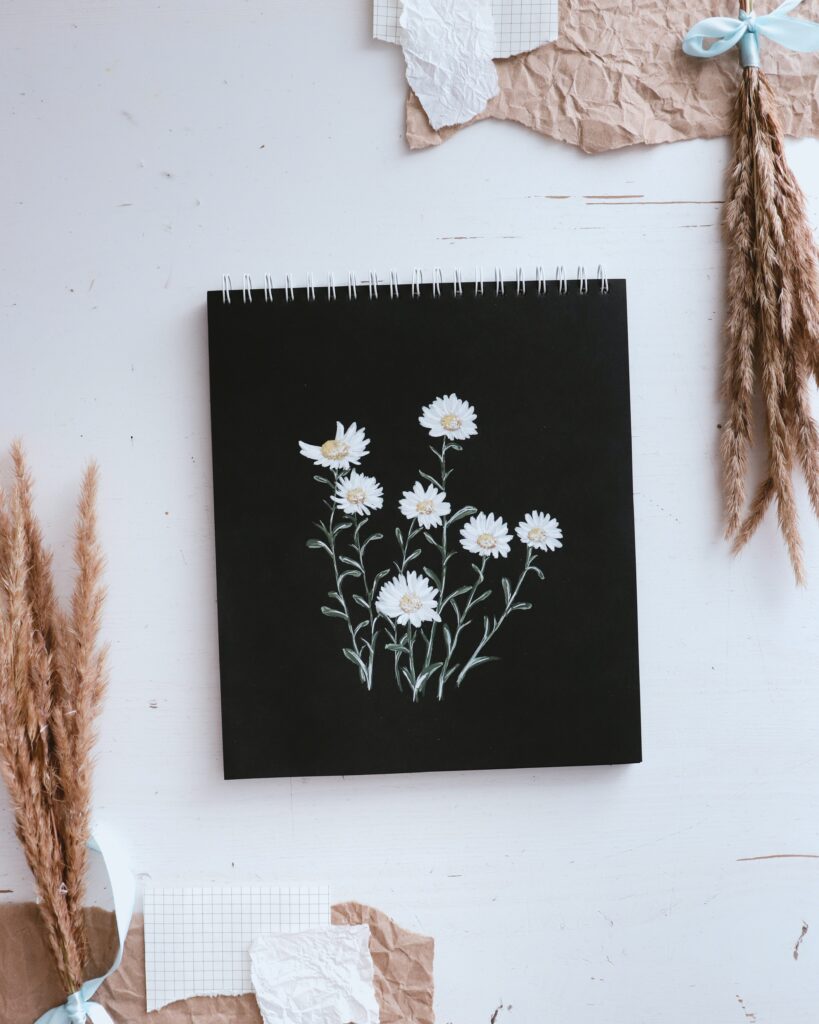
This image is property of images.unsplash.com.
What is Gouache?
Gouache is a type of paint that is similar to watercolor but has a higher pigment concentration, making it more opaque and vibrant. It is made from a combination of pigment, water, and a binding agent, typically gum arabic. Gouache paints are known for their ability to be reactivated with water even after drying, which allows for easy blending and layering of colors.
Properties of Gouache
Gouache paints have several unique properties that make them particularly suitable for painting on clay. Here are some key properties of gouache:
- Opacity: Gouache is an opaque paint, meaning that it does not allow light to pass through. This allows for vibrant and saturated colors that can easily cover the surface of clay.
- Matte Finish: Gouache dries to a matte finish, which can give a unique and subtle texture to the painted clay.
- Water Soluble: Gouache is a water-based paint, which means it can be easily diluted and cleaned up with water. This makes it convenient to work with and allows for easy blending and layering of colors.
- Quick Drying: Gouache has a relatively short drying time compared to other types of paints. This allows for quicker completion of projects and the ability to work in layers.
Advantages of Using Gouache
There are several advantages to using gouache for painting clay:
- Vibrant Colors: Gouache paints are known for their intense pigmentation, allowing for bright and bold colors on the clay surface.
- Easy to Use: Gouache is a beginner-friendly medium, making it accessible for artists of all skill levels.
- Blending and Layering: Gouache can be easily blended and layered, allowing for a wide range of effects and techniques on the clay surface.
- Versatility: Gouache can be used on various surfaces, including clay, paper, canvas, and more.
- Longevity: When properly sealed and protected, gouache paintings on clay can last for a long time without fading or deteriorating.
Painting Clay with Gouache
Now that we have an understanding of the materials needed, clay preparation, and the properties of gouache, let’s explore the process of painting clay with gouache.
Priming the Clay
Before applying gouache to the clay surface, it is recommended to prime the clay. Priming the clay helps create a smoother and more consistent surface for the paint to adhere to. Here’s how to prime clay for gouache painting:
- Ensure that the clay surface is clean and dry.
- Apply a thin layer of gesso to the clay surface using a paintbrush. Gesso acts as a primer and helps improve the adhesion of gouache to the clay.
- Allow the gesso to dry completely before proceeding with the painting process.
Applying Gouache to Clay
Once the clay surface is primed and ready, it’s time to apply the gouache paint. Here’s a step-by-step guide to applying gouache to clay:
- Select the desired colors of gouache and squeeze a small amount onto the palette.
- Dip the paintbrush into water and moisten it slightly before picking up the desired color.
- Apply the gouache to the clay surface using gentle and even brushstrokes. Start with lighter colors and gradually build up to darker colors, allowing each layer to dry before applying the next.
- Use different paintbrush sizes to create different effects and details on the clay surface.
- Allow the gouache paint to dry completely before handling or adding additional layers.
Techniques to Try
While painting clay with gouache, there are various techniques that you can experiment with to create different effects and textures. Here are some techniques to try:
- Dry Brushing: This technique involves using a dry brush with minimal paint to create a rough and textured effect on the clay surface.
- Wet on Wet: Apply wet gouache paint onto a damp clay surface to create soft and blended colors.
- Sgraffito: Make incisions or scratches on the clay surface and apply gouache over it to create intricate patterns and designs.
- Splattering: Dip a paintbrush into a more diluted gouache mixture and flick it onto the clay surface to create a speckled effect.
- Layering: Apply multiple layers of gouache in different colors to create depth and dimension on the clay surface.

This image is property of images.unsplash.com.
Tips and Tricks
To achieve the best results when painting clay with gouache, it’s helpful to keep these tips and tricks in mind:
Choosing the Right Clay
- Ensure that the clay you choose has a smooth surface, free from cracks or imperfections. This will provide a clean canvas for painting with gouache.
- Consider the type of clay you are working with and its suitability for the intended purpose. Different types of clay have different properties and may require different techniques or preparation methods.
Preparing the Clay Surface
- Properly clean and dry the clay surface before painting to ensure that it is free from any dust or debris.
- If the clay surface is rough or uneven, use sandpaper to smooth it out gently. However, be cautious not to sand too aggressively as it may damage the clay.
Mixing Gouache Colors
- Experiment with color mixing to create different shades and tones. Gouache paints can be easily blended together on the palette to achieve the desired colors.
- Start with small amounts of paint and gradually add more to avoid wasting paint. Gouache paints can be reactivated with water if needed, allowing for flexibility in color mixing.
Adding Varnish for Protection
- Once the gouache paint has dried completely, consider applying a varnish to protect the painted surface of the clay. Varnish provides a layer of protection against moisture, dirt, and fading.
Caring for Gouache-Painted Clay
To ensure the longevity and preservation of your gouache-painted clay creations, it’s important to care for them properly. Here are some tips for caring for gouache-painted clay:
Drying and Curing Clay
- After painting the clay with gouache, allow it to dry and cure properly according to the manufacturer’s instructions. This will ensure that the paint sets and adheres to the clay surface.
Cleaning and Protecting the Surface
- When cleaning the clay surface, use a soft cloth or damp sponge to gently wipe away any dust or dirt. Avoid using abrasive materials or harsh chemicals that may damage the painted surface.
- Consider adding a layer of varnish or sealant to protect the gouache paint from scratching or fading. Apply the varnish according to the manufacturer’s instructions.

This image is property of images.unsplash.com.
Examples of Gouache-Painted Clay Creations
Now that you have learned the techniques and tips for painting clay with gouache, let’s explore some examples of gouache-painted clay creations:
Hand-Crafted Jewelry
Gouache can be used to create stunning and unique jewelry pieces on clay. From earrings to pendants, the possibilities are endless. The opaque and vibrant colors of gouache can bring life to intricate details and patterns on clay jewelry.
Sculptures and Figurines
Clay sculptures and figurines painted with gouache can showcase intricate details and textures. The matte finish of gouache enhances the three-dimensional quality of the clay, adding depth and visual interest to the artwork.
Functional Clay Items
Gouache can be used to transform functional clay items such as plates, bowls, and vases into decorative pieces. By painting intricate designs and patterns, you can personalize and elevate everyday clay items to works of art.
Alternatives to Gouache
While gouache is a popular choice for painting clay, there are other types of paints and finishes that can be used as alternatives. Here are some alternatives to gouache for painting clay:
Other Types of Paints to Use on Clay
Acrylic paints and oil-based paints can also be used on clay surfaces. Acrylic paints offer vibrant colors and a quick drying time, while oil-based paints provide a glossy finish and longer working time.
Using Glazes on Clay
Glazes are specially formulated coatings that are applied to clay and then fired in a kiln to create a glass-like finish. Glazes offer a durable and waterproof coating for clay surfaces, making them suitable for functional items like mugs and bowls.
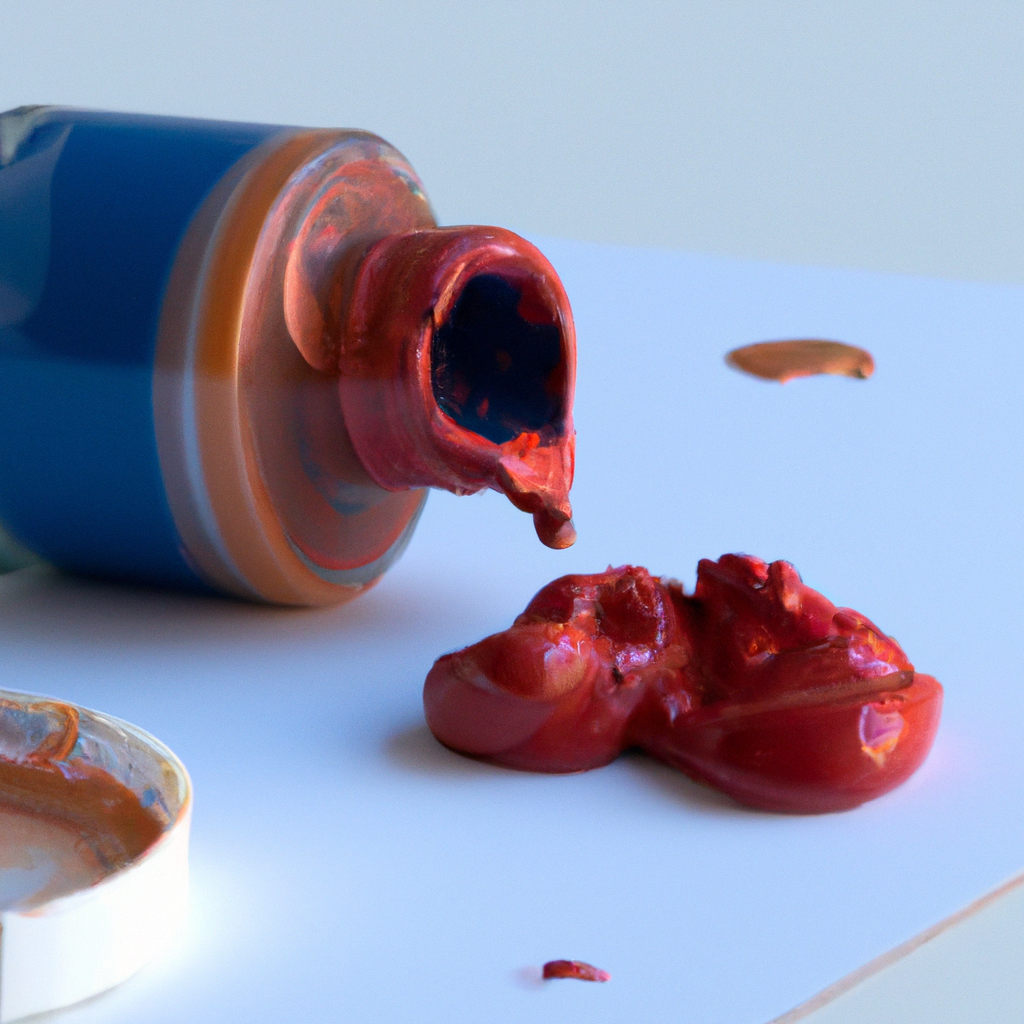
Exploring Further Possibilities
Once you have mastered the basics of painting clay with gouache, there are endless possibilities for further exploration and experimentation. Here are some ideas to push the boundaries of your creative endeavors:
Adding Texture to Clay with Gouache
Experiment with creating textured effects on clay using gouache. You can use techniques such as stippling, dry brushing, or sgraffito to add depth and dimension to your clay creations.
Layering Gouache with Other Mediums
Combine gouache with other mediums such as watercolors, acrylics, or even colored pencils to create unique effects and textures on clay. Layering different mediums can result in surprising and exciting outcomes.
Conclusion
Painting clay with gouache opens up a world of possibilities for creativity and self-expression. The combination of vibrant colors, matte finish, and versatility of gouache makes it an ideal choice for adding a touch of artistry to clay creations. By following the steps outlined in this article and experimenting with different techniques, you can discover the joys and beauty of painting clay with gouache. Remember to care for your gouache-painted clay creations properly by following the recommended tips and tricks to ensure their longevity and preservation. So, go ahead and unleash your imagination, and let your gouache-painted clay creations come to life!

